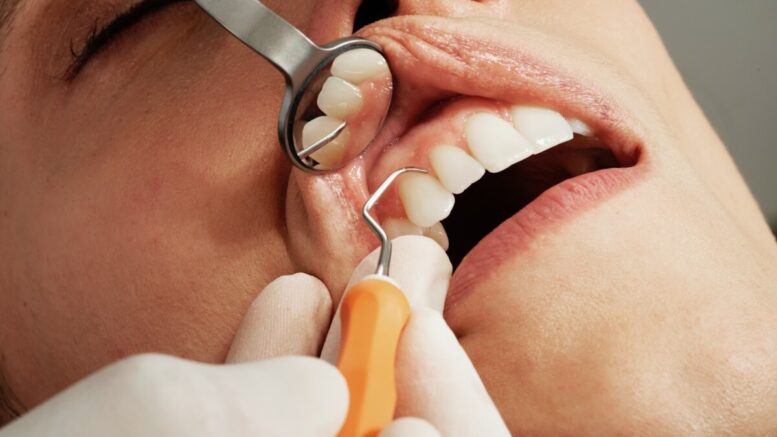Tooth extraction is considered a very painful procedure because our teeth are strongly fixed inside the alveolar bone sockets called alveoli. They are usually removed after they are irreparably damaged by tooth decay, dental trauma, or any periodontal disease. Patients usually get rid of the teeth when they start to ache since this type of pain can be very upsetting and can disturb their eating habits..
The extraction procedure can be made more bearable by choosing the most appropriate surgical instruments. Needless to say, this surgery is impossible to do by only using hands as tools. Dentists use curettes, elevators, forceps, scalers, etc., to make things as easy and as atraumatic as possible.
What’s the purpose of dental surgical instruments?
Each Dental surgical instrument performs a specific function. Elevators are used to separate the tooth from the periodontal ligament. They loosen the tooth enough to be removed easily without causing any harm to the surrounding tissue. Extracting the tooth without loosening it first can cause unbearable pain and excessive bleeding. The extraction procedure can be made more bearable by choosing the most appropriate surgical instruments.
After elevators, extraction forceps can be used to remove the damaged tooth. Forceps strongly grab the tooth and extract it from the alveolar socket. These surgical instruments resemble pliers in structure. Different sizes of forceps are used to extract different teeth. Some forceps also come with curved jaws for extracting molars. These forceps are often made from real high-quality German AISI 316 stainless steel. Some also feature tungsten carbide inserts for increased strength and durability. They ensure atraumatic removal and make sure that none of the surrounding teeth are harmed during extraction.
Structure:
Beak
Beaks are used to grab the tooth. They are strong and atraumatic.
Hinges
Hinges act as joints. They help in moving the beaks in order to open and close them.
Handle
Handles are usually long and ergonomic. They are easy to use and provide control over the instrument.
Types:
Mini forceps
Mini forceps are used to enter narrow areas in order to extract molar teeth. They easily reach into tight spaces for tooth extraction.
Modified Dental Forceps Cowhorn
Modified Dental Forceps are ideal for extracting lower molars specifically. Their beaks are shaped like cow horns. They ensure a good grasp over the tooth.
Bird Beak Dental Forceps
These dental forceps are shaped like the beak of a bird. They perform an atraumatic extraction of premolars from the alveolar bone.
Modified Lower Universal Forceps
Modified Lower Universal Forceps are suitable for the extraction of lower teeth. They come with ergonomic handles for a good grip over the instrument.
Atraumatic Lower Root Forceps Extra Long Beak
These forceps are specially designed to extract roots of the lower teeth. Their extra-long beaks help in entering the alveolar socket in order to extract the broken roots. This helps in preventing infections and bacterial manifestation around the root.
Root Fragment Forceps
Root Fragment Forceps are used during periodontal surgeries to extract root fragments. Their shark beaks easily grab the root fragments and extract them without harming the surrounding tissues.
English Extraction Forceps Upper Canines
These forceps help in extracting canines. Their beaks are straight since the canines are right at the opening of the mouth. Curved beaks are only used for the extraction of molars inside the mouth.
Conclusion
You can find these high-quality atraumatic extraction forceps at GerDentUSA. They are available in different sizes and styles for you to choose from. All these forceps are manufactured with premium-grade German stainless steel.
